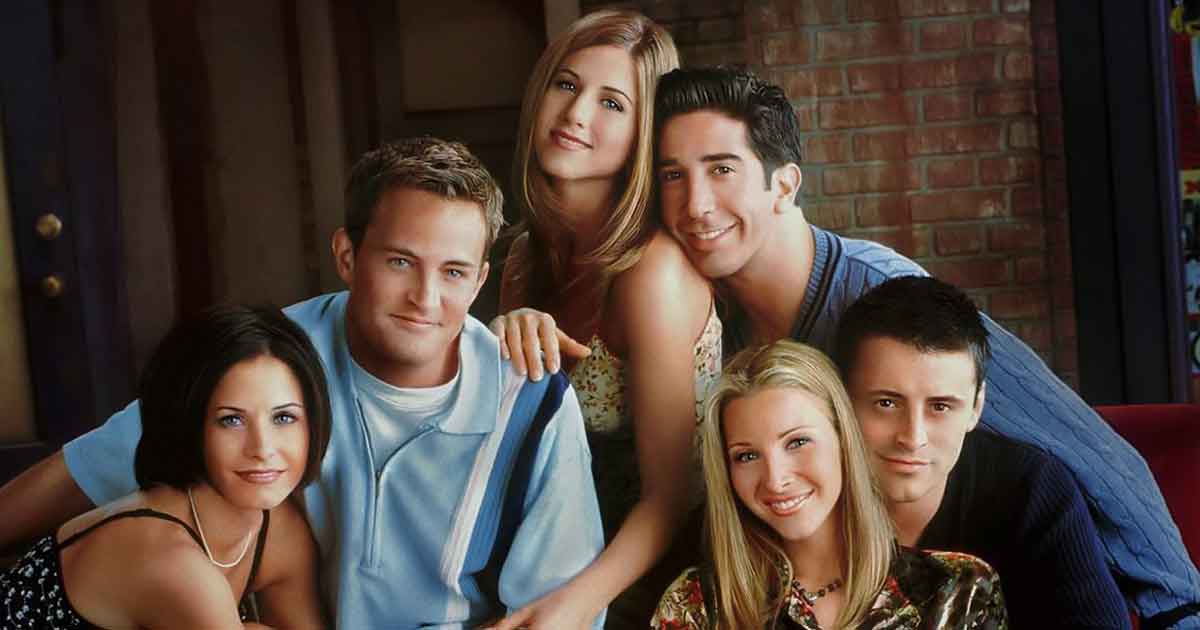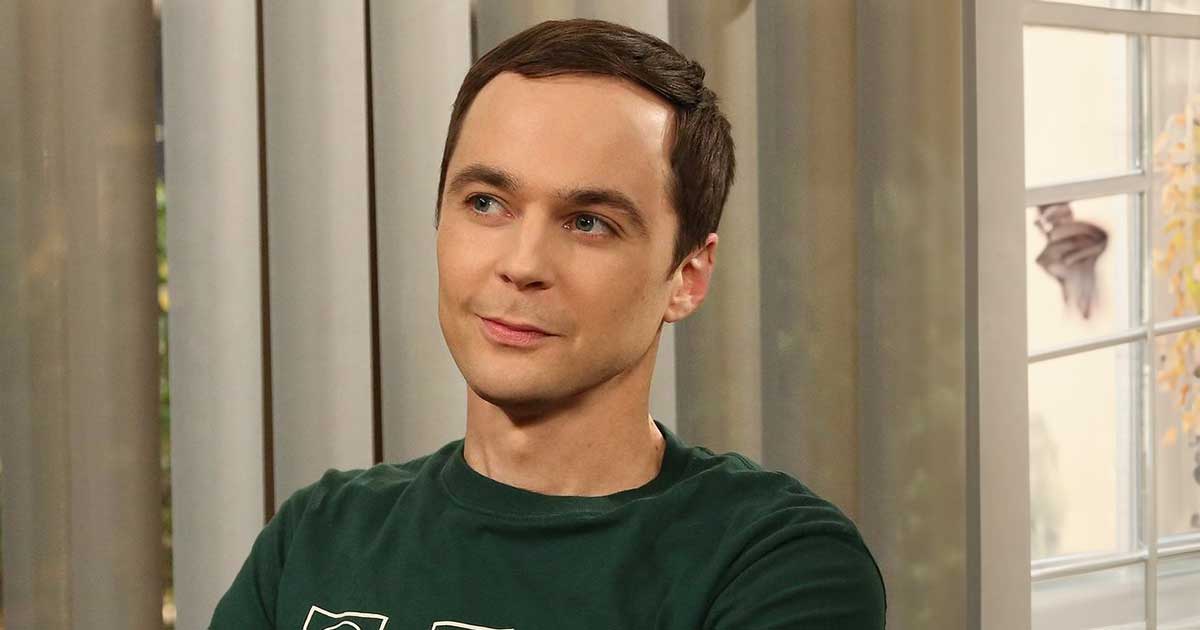
They say life imitates art. But you know what? Sometimes, it’s the other way around! In the Big Bang Theory episode “The Confirmation Polarization,” Sheldon and Amy got some mind-blowing news. Scientists at Fermilab have confirmed their theory of super Asymmetry. Researchers were studying kaons, a type of subatomic particle, and their findings initially contradicted established predictions. However, Amy and Sheldon’s paper came to the rescue, bridging the gap and explaining the mystery.
As the plot thickened, the Fermilab scientists eyed a Nobel Prize. The twist? Only three could snag the coveted award. They plotted to cut Amy out of the nomination, leaving Sheldon in a moral quandary. He declared that he didn’t want the nomination if Amy was omitted. Classic Sheldon, right? The episode wrapped up unresolvedly, leaving fans buzzing about the realities behind this science fiction.
Sheldon Cooper’s Not-So-Real Science
So, how much of this episode reflects reality? To kick things off, the theory of Super Asymmetry doesn’t exist in the real world. However, a similar theory—supersymmetry—has created quite a craze in particle physics. This theory suggests that every particle known in the standard model has a supersymmetric partner. It racked up over 10K scientific papers. While the name might be a stretch, it’s rooted in actual scientific discussions.
Trending
Now, about that experiment at Fermilab. Two scientists making a groundbreaking discovery sounds dramatic. But modern experiments typically involve teams of hundreds, if not thousands. For instance, the Compact Muon Collaboration (CMS) at CERN is comprised of about 3,000 scientists from around the globe. If a discovery in supersymmetry were made, the credit would not belong to just two individuals but to a massive collaborative effort.
As for the Nobel Prize, it’s indeed the secret dream of many physicists, but the episode misrepresents the nomination process. Amy and Sheldon’s paper was new, and only one measurement supported their findings—far from enough for a Nobel. Confirming such a groundbreaking theory takes years of research, peer review, and multiple supporting discoveries. Let’s chalk that up to “television time,” where things zip like lightning!
A Nod to Real Science
The episode’s Nobel Prize subplot isn’t entirely off-base, though. While a maximum of three people can win, the nomination process involves Swedish Academy of Sciences members, previous laureates, and other distinguished figures. What is the likelihood of the President of Caltech being on that list? Slim to none. However, Sheldon’s stance on co-nomination had historical precedence. In 1903, Pierre Curie famously refused a Nobel nomination without his wife, Marie, leading to their joint win.
Despite some glaring inaccuracies, Fermilab is a treasure trove of potential Nobel-worthy research. The g-2 experiment, exploring the behavior of muons in a magnetic field, could unveil groundbreaking discoveries. Then there’s DUNE, aiming to investigate neutrinos and their mysterious behavior. Who knows? A Nobel Prize could be lurking in Fermilab’s future.
Before signing off, let’s touch on one last hilarious detail. The Fermilab scientists in the episode flew economy plus? Please! In reality, it’s a coach for most researchers. That little quirk was pure comedic gold, though.
So, while The Big Bang Theory may have stretched the truth, it cleverly ignited interest in actual scientific pursuits. As the show drew close, fans were left with a bittersweet reminder of how art sometimes reflects life—quirky, unpredictable, and always entertaining!
Follow Koimoi for more such Hollywood updates.
Follow Us: Facebook | Instagram | Twitter | Youtube | Google News



 Follow Us
Follow Us









